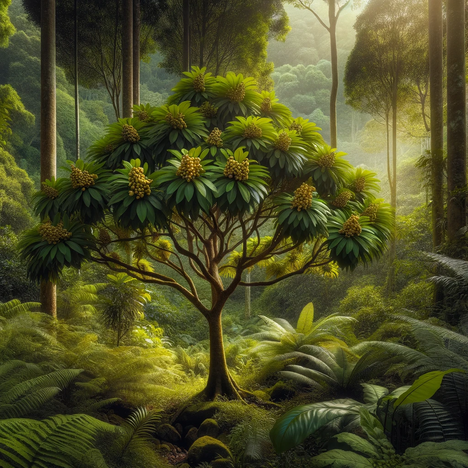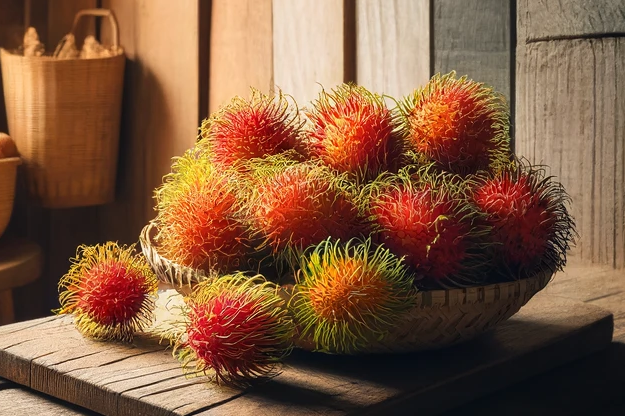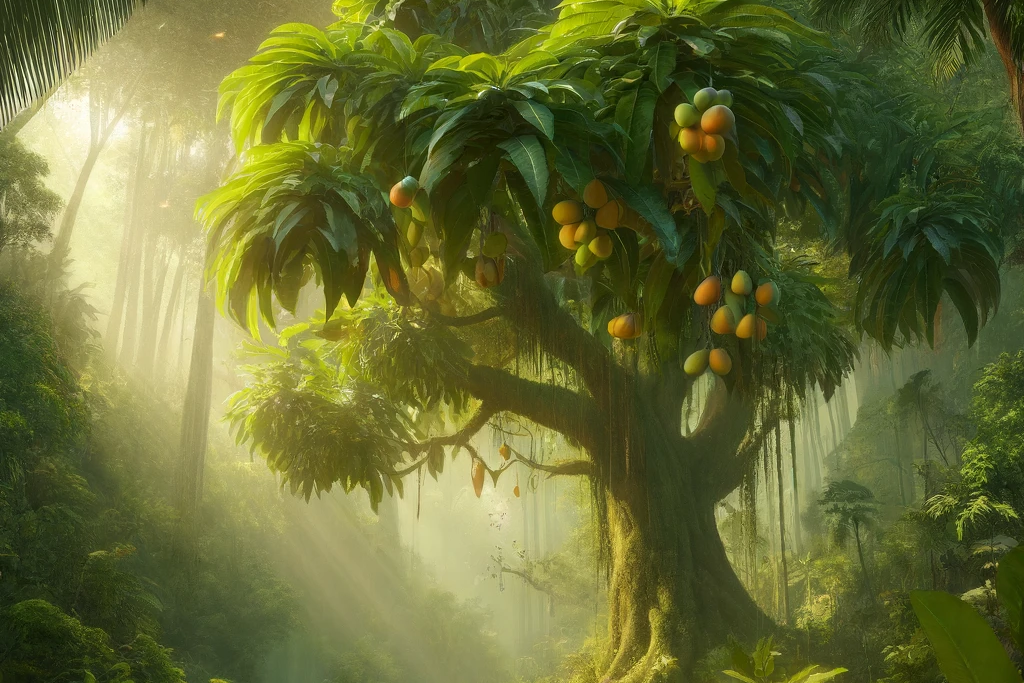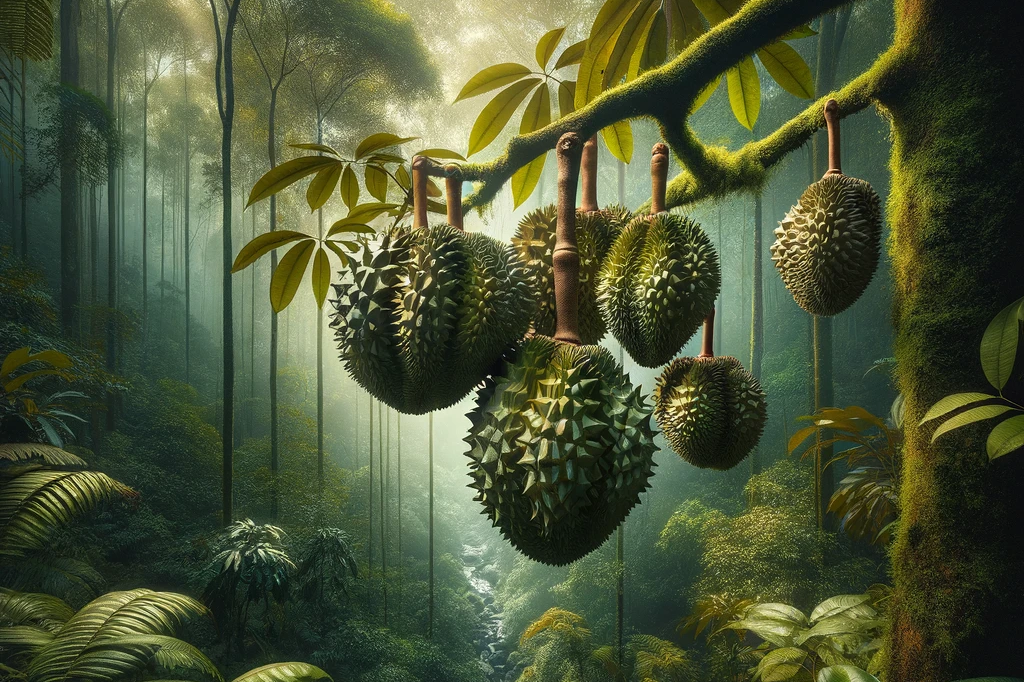Lansi tree

Ingredients of the lansi tree: an analysis
The lansi tree contains a variety of ingredients that can be both nutritious and potentially harmful. The main components include:
- Pulp: Rich in vitamin C and antioxidants, it can be beneficial to dogs in small amounts.
- Peel: Contains certain fibers that can cause digestive upset in large amounts.
- Seeds: As with many other fruits, the seeds of the lansi tree contain substances that can be toxic to dogs.
- Leaves and twigs: While some parts of the plant may have therapeutic properties, information on their safety for dogs is limited and requires further research.
Is the Lansi tree toxic to dogs?
The toxicity of the lansi tree to dogs is highly dependent on the part of the plant consumed and the amount. While the pulp is considered safe in moderate amounts, the seeds, peel and possibly leaves can cause health problems.
Pulp: an occasional treat
The pulp of the lansi tree can be a source of vitamins and antioxidants in small amounts. However, it is important to feed it only in moderation, as the high sugar content can cause gastrointestinal problems in dogs.
Seeds and shell: a risk to health
The kernels contain substances that can lead to the inhibition of important enzymes in dogs. The peel, although less toxic, can cause digestive problems due to its fiber content. It is recommended to keep these parts of the lansi tree away from dogs.
Leaves and twigs: to be consumed with caution
Although some traditional uses of the leaves suggest possible health benefits, there is a lack of specific studies on safety and efficacy for dogs. Until more information is available, it is advisable not to allow dogs access to the leaves and twigs of the Lansi tree.
Introductory paragraph: The importance of feeding safety
When it comes to feeding our dogs, safety is paramount. The lansi tree, an exotic plant with tempting fruits, raises important questions about its tolerance and toxicity to dogs. This article aims to shed light on the subject and provide dog owners with sound recommendations.
A balanced approach is key
In summary, the lansi tree and its fruit can be a safe addition to a dog's diet in small quantities and without seeds or peel. However, as with any supplement to the standard diet, it is important to exercise caution and monitor the dog's reaction. A balanced diet tailored to the dog's individual needs remains the key to a long and healthy life.
If you notice any signs of hypersensitivity or poisoning in your dog, you should see your vet immediately. We are not a substitute for a vet, but we try to be as accurate as possible. Every dog reacts differently and we recommend you get a second opinion or consult your vet if in doubt.
Stay healthy and take good care of your four-legged friend!😊
Similar to Lansi tree
Rambutan is a tropical fruit that is mainly native to Southeast Asia. It belongs to the soap tree family, which also includes the lychee and the longan. The fruit is known for its unique appearance...
The mango, known for its sweet taste and juicy texture, is a popular fruit with many people around the world. But what about our four-legged friends? Before we dive into the specific components of...
The lychee tree (Litchi chinensis) belongs to the Sapindaceae family and is native to the tropical and subtropical regions of Asia. The tree is best known for its lychee fruit, which has a hard,...
The durian tree (Durio zibethinus) not only produces the infamous durian fruit; it consists of leaves, twigs, bark and, of course, the fruit itself, each of which has different properties and...



